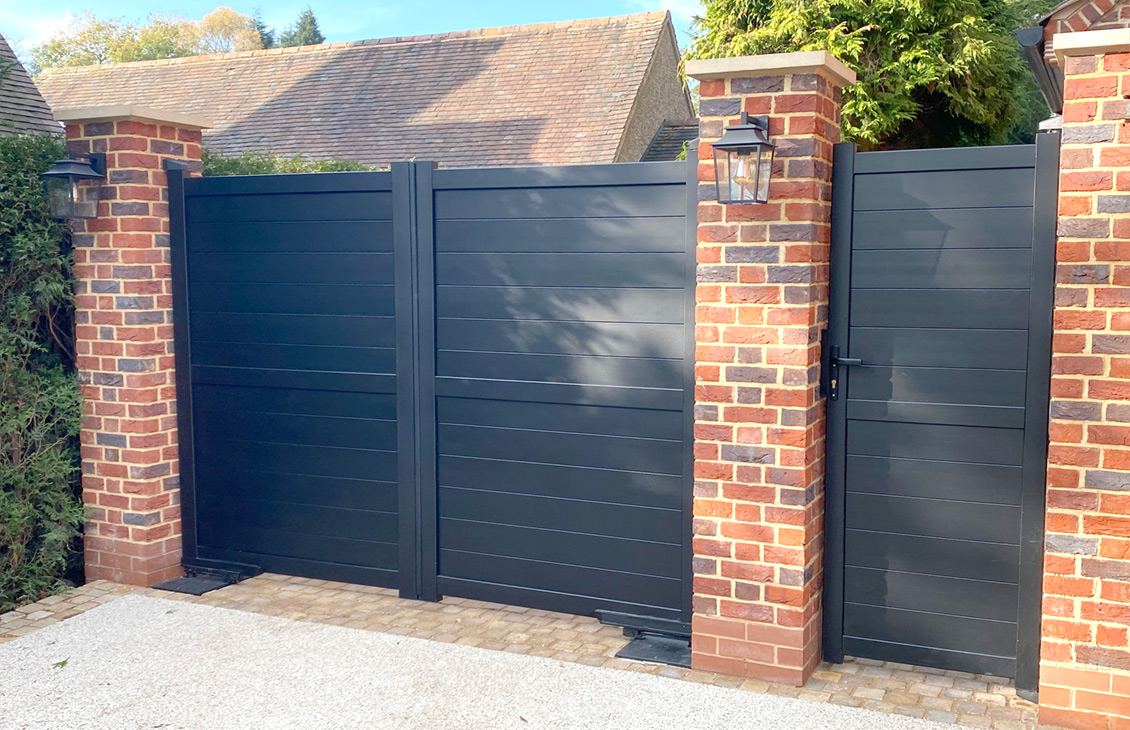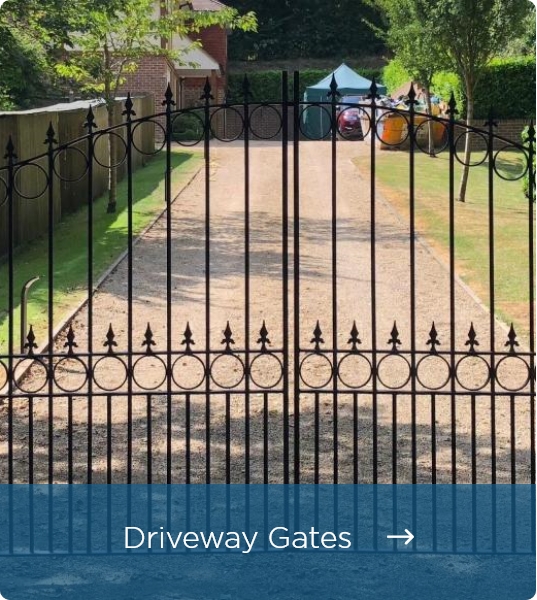Planning permission for gates comes up in nearly every customer conversation we have. The rules can be confusing, and different councils sometimes give conflicting advice.
We've been selling gates for over twenty years, and here's what we've learned from experience.
In most cases, you won't need planning permission for residential gates. However, there are some important exceptions to be aware of.
Height and position determine everything
Gate height requirements depend entirely on positioning relative to the highway boundary.
Gates set back from the road can be up to 2 metres tall under permitted development rights. Gates positioned right on the road boundary are limited to 1 metre in height.
The height restriction exists for traffic safety reasons. Gates that could obstruct sight lines or create hazards for vehicles and pedestrians require closer scrutiny.


Conservation areas require extra consideration
Properties in conservation areas face additional restrictions, even for changes that would normally fall under permitted development.
Planning applications are usually required regardless of gate height, as conservation committees assess whether proposals suit the area's historic character.
We completed a project in a Cotswolds conservation area where approval took four months for a relatively simple wooden gate. The planning committee had concerns about the proposed hardware fittings.
Traditional designs tend to receive more favourable consideration. Wrought iron gates typically align well with conservation area requirements, while contemporary styles may face more scrutiny.


Listed buildings need formal consent
Listed properties almost always require planning permission and often listed building consent for new gates. The process takes longer and involves additional costs, but approval is certainly achievable with the right approach.
We've successfully obtained approval for period-appropriate gates on several listed properties, including Georgian-style ironwork for a Grade II house. Professional heritage advice proved invaluable for these projects.
Real-world experience with planning applications
Most residential gate installations proceed without planning issues. Across hundreds of projects over the years, planning complications are relatively uncommon. Problems usually arise when assumptions are made rather than checking requirements upfront, or when customers attempt to maximise dimensions without considering regulations. Council enforcement varies significantly between areas. Some planning departments take a pragmatic approach, while others apply regulations more strictly.


Building regulations are separate
Planning permission and building regulations are administered by different departments with distinct requirements. Even gates that don't require planning permission may need building control approval if significant groundwork or electrical installations are involved.


Practical recommendations
Most homeowners worry about planning permission more than necessary. Standard residential gates on typical properties rarely encounter problems.
However, when issues do arise, resolving them after installation is invariably more expensive and time-consuming than checking requirements beforehand.
Planning requirements exist for legitimate safety and heritage reasons. Working within the system from the start makes projects much smoother than trying to circumvent regulations.
Understanding the rules upfront allows you to plan your gate installation with confidence and avoid unnecessary delays or costs.
For advice on choosing the right driveway gates for your property and planning requirements, browse our driveway gates or contact our team for guidance on your specific project.





